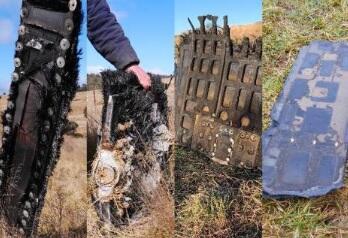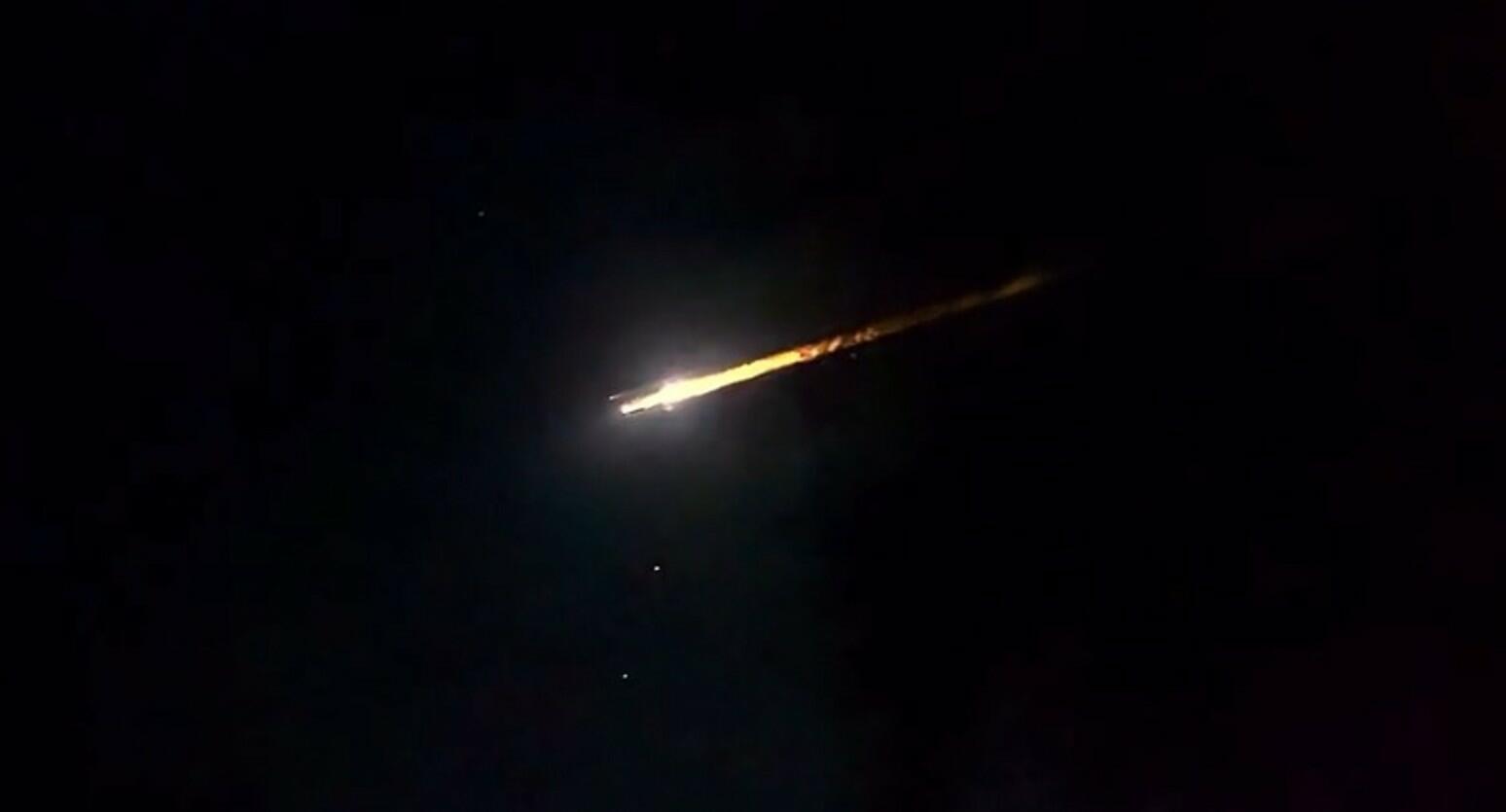In a breathtaking celestial display that left Australians in awe and sparked a wave of speculation, a mysterious and luminous object streaked across the night sky over various parts of the country last night.
Many witnessed the dazzling spectacle, prompting widespread curiosity and even a touch of concern. After hours of speculation and analysis by experts, it has been confirmed that the enigmatic light was, in fact, remnants of a Russian rocket.
The phenomenon unfolded when a vivid streak of light, reminiscent of a shooting star, illuminated the heavens. Social media platforms were quickly flooded with images and videos of the event, with witnesses reporting a variety of emotions ranging from astonishment to fear.
Experts from Australia’s space agencies and international partners were swift to investigate and provide an explanation. After careful analysis of the object’s trajectory, speed, and other characteristics, it was determined that the mysterious light was the result of debris from a Russian rocket launch that occurred earlier in the week.
The rocket, part of a satellite launch mission by the Russian space agency, had entered a decaying orbit, causing it to re-enter Earth’s atmosphere. As it descended, the rocket’s remains burned up upon re-entry, creating a spectacular display of light as the debris disintegrated at high speeds.
According to Russian authorities a Soyuz-2 rocket with, a new generation ‘GLONASS-K2’ global navigation satellite on board was launched from Plesetsk Cosmodrome earlier in the week.
Swinburne University astronomer Alan Duffy says a notification was given for this launch, and the remains of the rocket were intentionally directed to re-enter the Earth’s atmosphere safely, splashing down into the ocean along the south-east coast of Tasmania.
“What we’re seeing is a large flash of light extended…It burns up for 30-40 seconds. It’s breaking up. All of that is telling me that is space junk. That is not a small piece of natural occurring rock in space – a meteor,”
The debris field steaking across the sky appeared seemed significantly nearer to the Earth compared to other astronomical occurrences. Nonetheless, Duffy clarified that it was positioned “at a minimum of tens of kilometers above” the Earth’s surface.
At the time the event was captured by witnesses across the state, from Melbourne CBD to Mount Buller, with some claiming they also heard a ‘boom’ and felt the ground shake.
The Australian Space Agency, regulating space activities in the country also announced it was “likely the remnants of a Russian Soyuz-2 rocket re-entering the Earth’s atmosphere”.
The incident serves as a reminder that the Earth’s orbit is becoming increasingly cluttered with discarded rocket stages, defunct satellites, and other space debris, which can pose risks to both active satellites and even astronauts aboard the International Space Station.
Efforts are underway on a global scale to address this growing concern. Space agencies, private companies, and international organisations are collaborating to develop technologies for cleaning up space debris and improving the sustainability of future space endeavors.
In 2022 pieces of the SpaceX Dragon capsule were discovered in NSW Snowy Mountains cattle farms after residents heard a loud bang believed to be from the spacecraft re-entering the Earth’s atmosphere.
The Australian Space Agency confirmed the space debris found in the Snowy Mountains of southern New South Wales belongs to a craft built by Elon Musk’s SpaceX company.

At the time Jonathan McDowell, an astronomer based in the United States said the return of space debris back to its country of origin will be used as a learning curve, and the incident continues to fuel debate about debris re-entry management.
In low Earth orbit (altitude under 2,000 km), orbital debris circle around the planet at velocities around 7 to 8 km/s. However, the average impact speed of orbital debris with another space object is approximately 10 km/s and can be up to about 15 km/s, which is more than 10 times the speed of a bullet.
The Australian Space Agency always recommends that Australians shouldn’t handle pieces of space junk if it’s found, and to report sightings and debris to [email protected].







